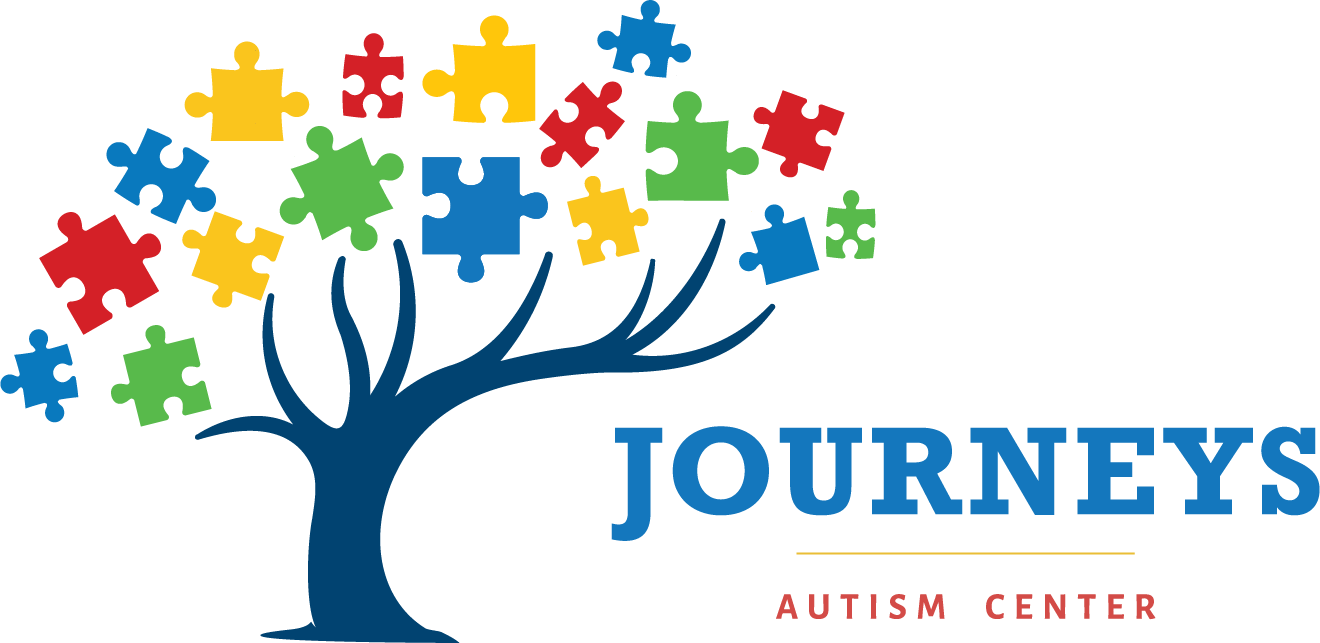Applied Behavior Analysis or as it is more commonly known, ABA, is the science of teaching behaviors that benefit the person and the community around them. B.F. Skinner is credited with starting behavior analysis almost a century ago. In its earliest days ABA was about understanding how behaviors occur and could others be responsible for teaching those behaviors or skills. Simply put could behaviors be changed by simply changing the surroundings of the client.
How did we get to what is known today as “ABA therapy?” We started in places where children were labeled as “unteachable” such as hospitals or psychiatric wards. And through the use of science, our earliest practitioners began to show society that we could teach new skills to these learners given the right environment. However, a groundbreaking study by Ivar Lovaas (published in 1987) with a group of Autistic children showed that we could make extreme changes in learners that at the time were in that group of “unteachable” youth. This work showed that over half of learners were able to return to society with their same aged peers and be unrecognizable to others. This is where the version of today’s ABA therapy started.
The results that this study was able to achieve came from the principles of behavior that lead to quality intervention. These behavioral techniques are most commonly known as reinforcement, prompting and consistent consequences. Skills that are taught are generalized and expanded upon, and deficits are replaced with adaptive skills that allow the individual to be more successful in their environment or community. Behavior reduction and skill acquisition are interconnected and should be targeted simultaneously to achieve best outcomes.
Since the early days of Skinner and Lovaas, ABA therapy has decades of rigorous research to support its efficacy, and people all over the world use intensive ABA principles in order to teach new behaviors to children, adolescents, and adults. The base of literature continues to grow exponentially showing how effective when applied properly ABA can be.
In our next post, we will start to discuss what characteristic make for effective intervention!

Recent Comments